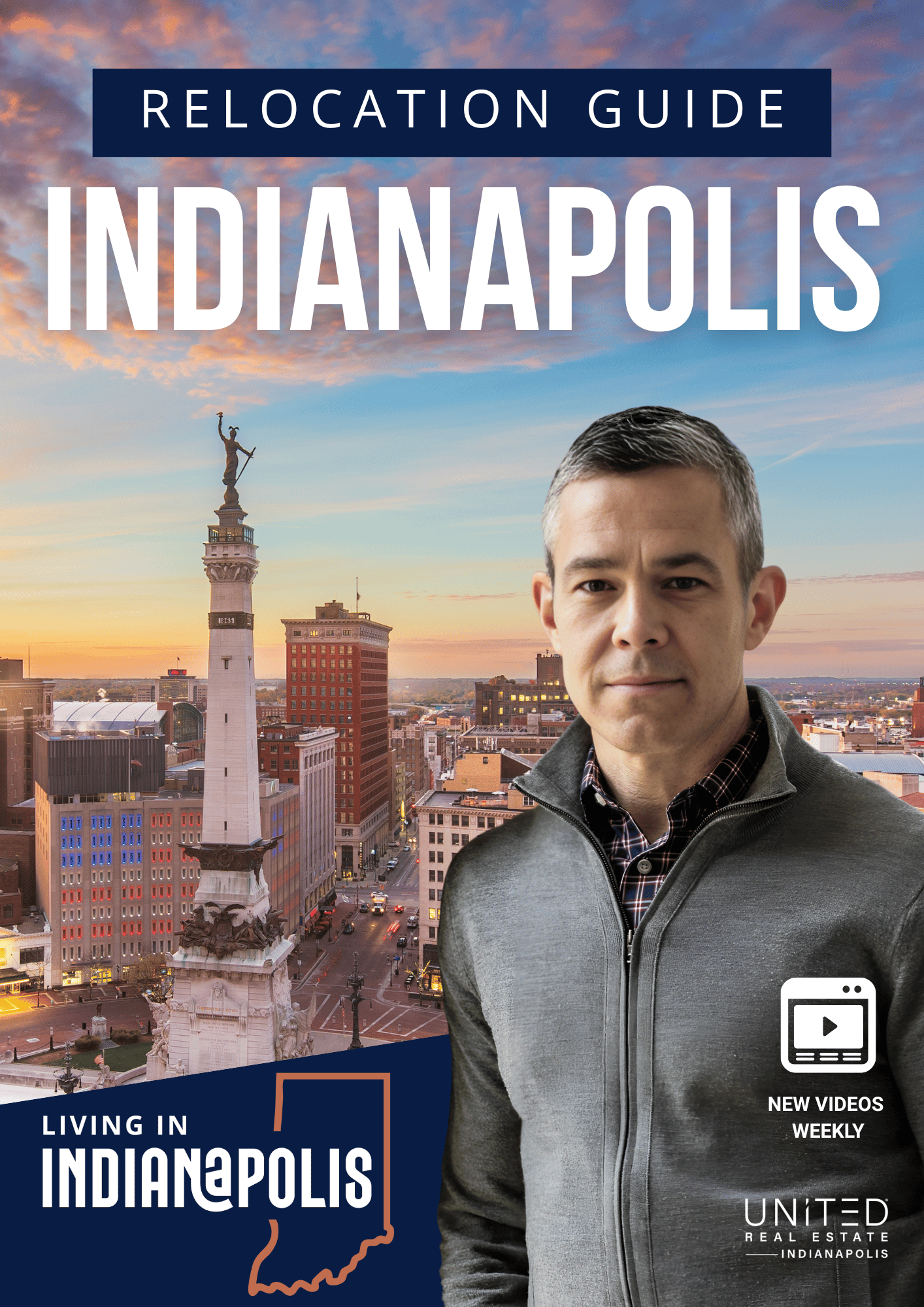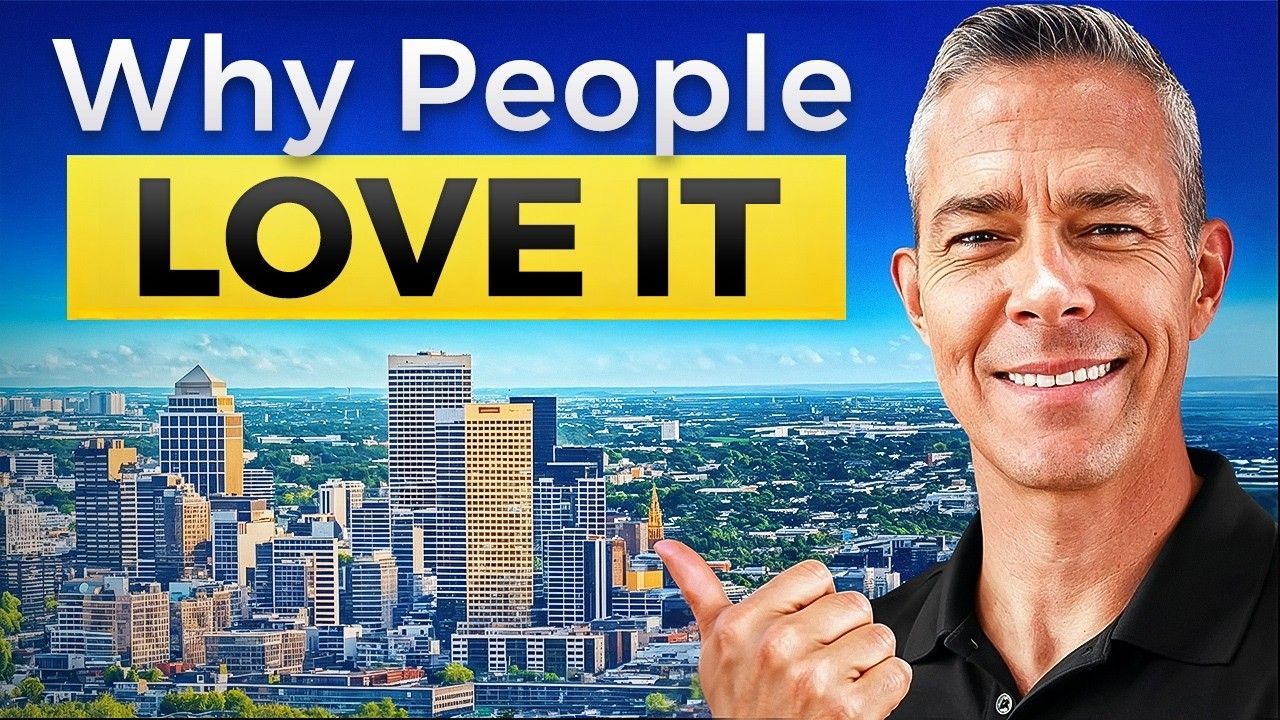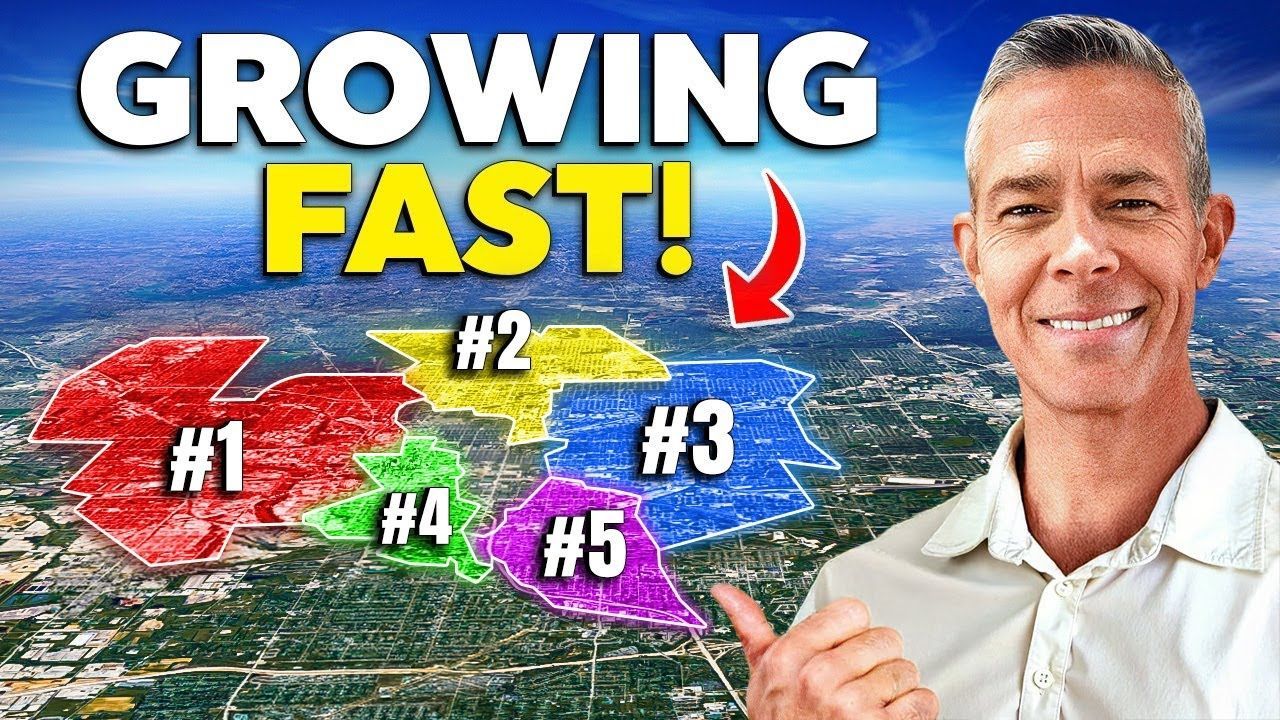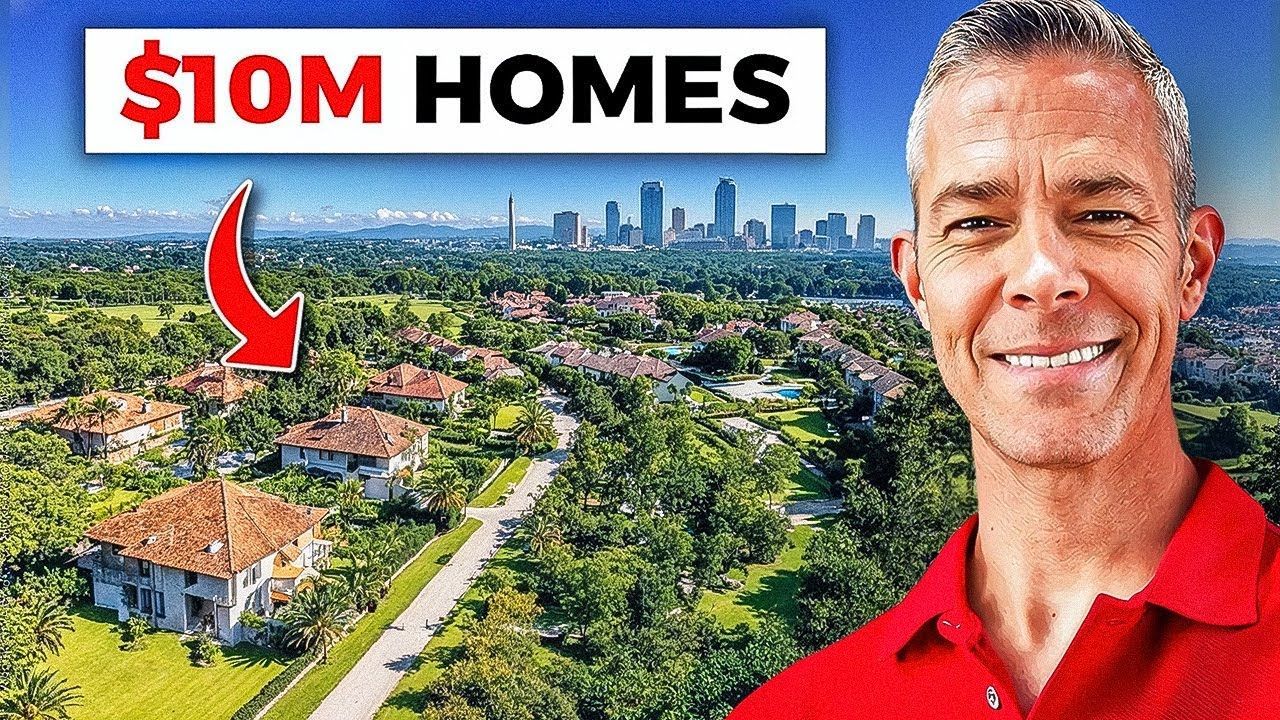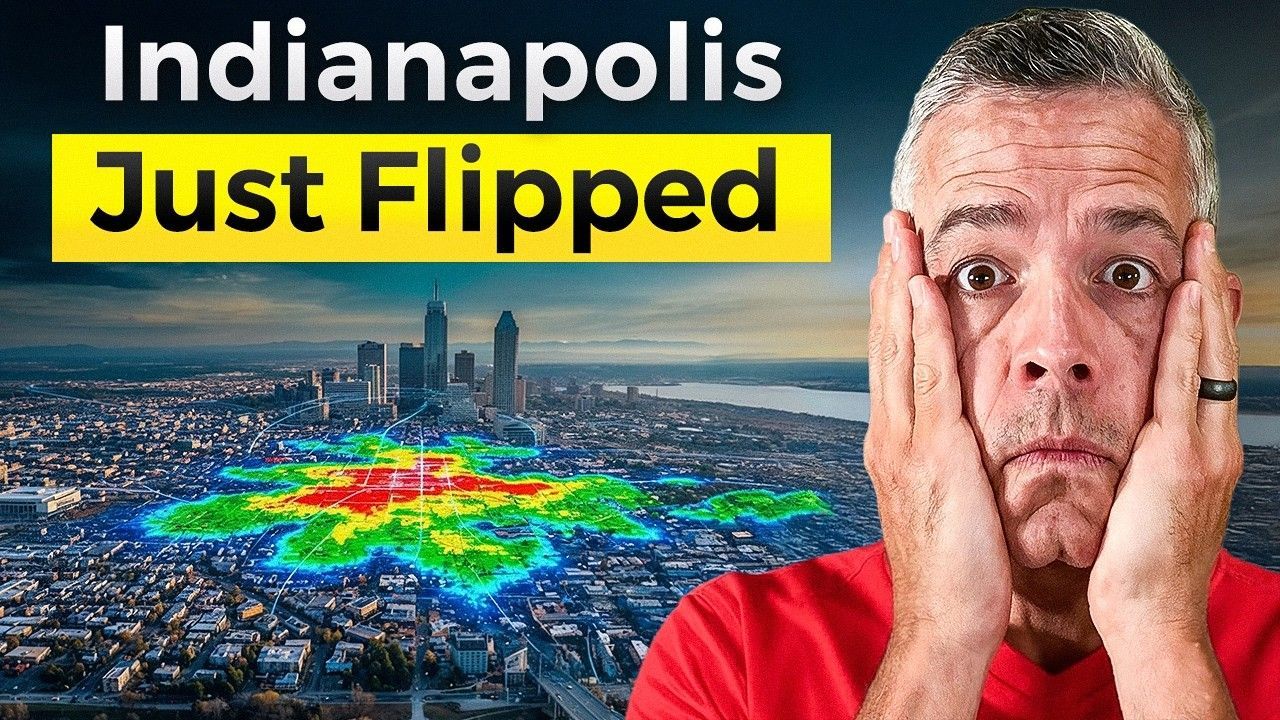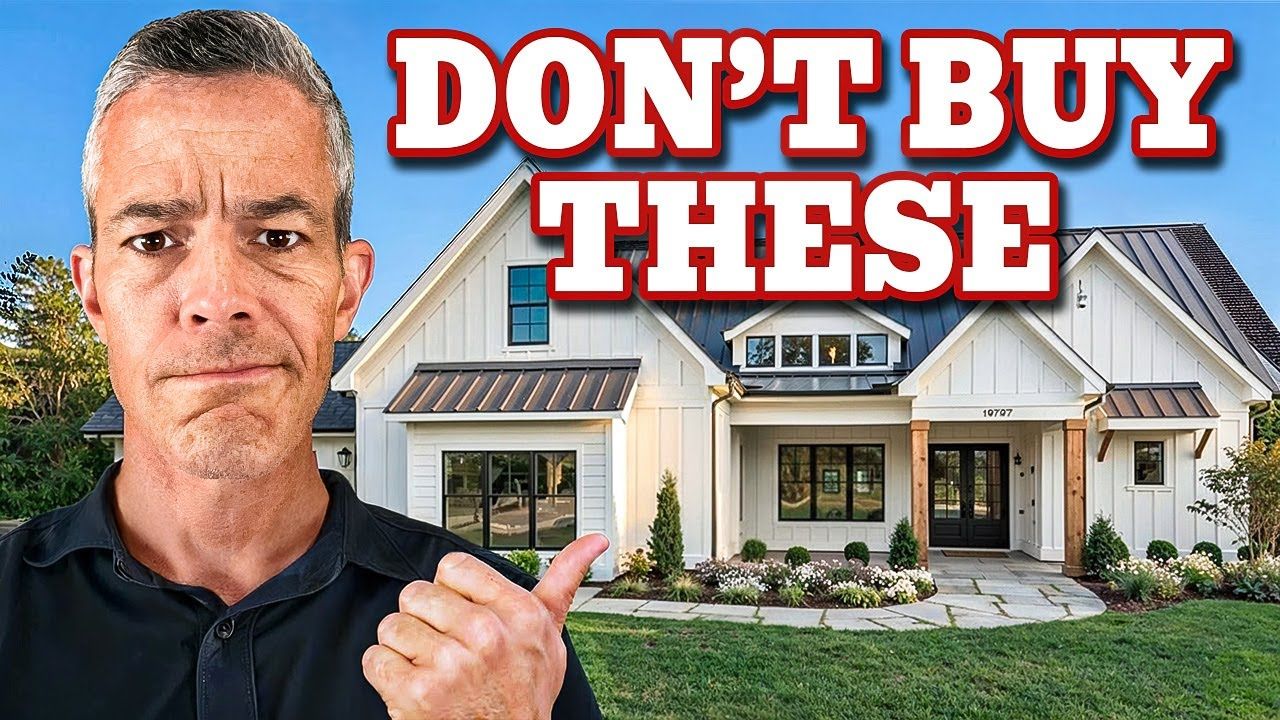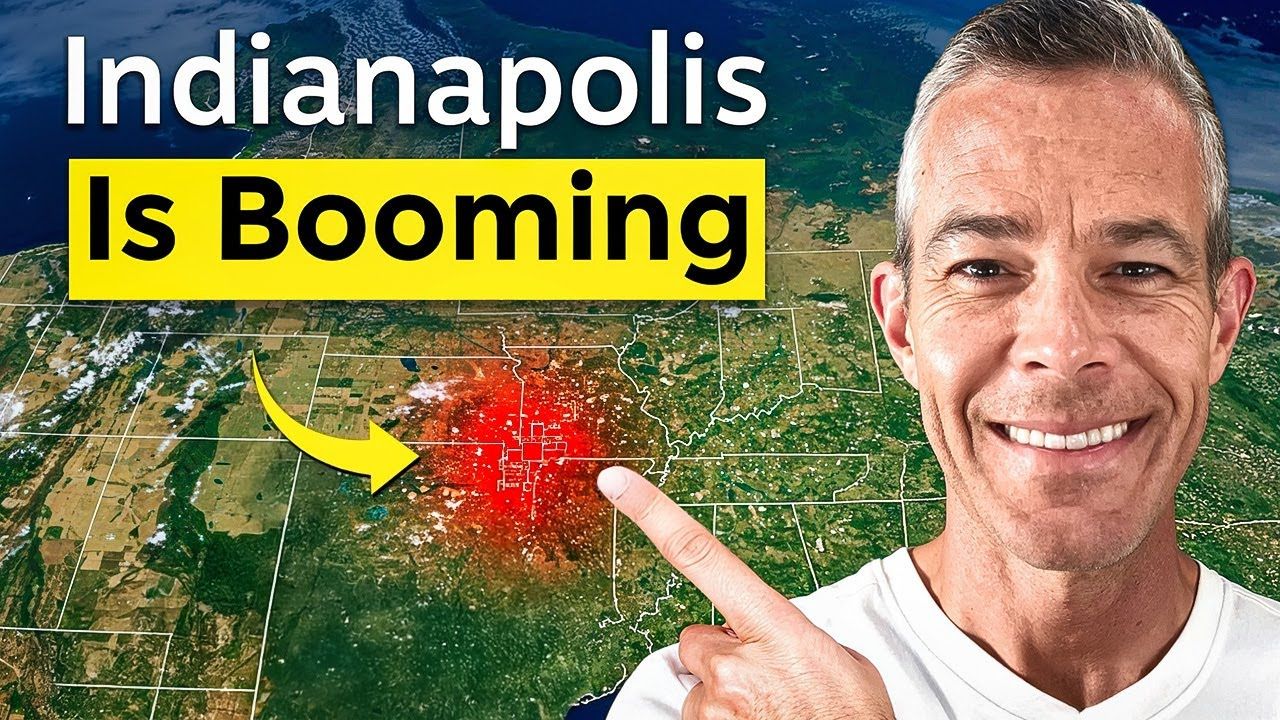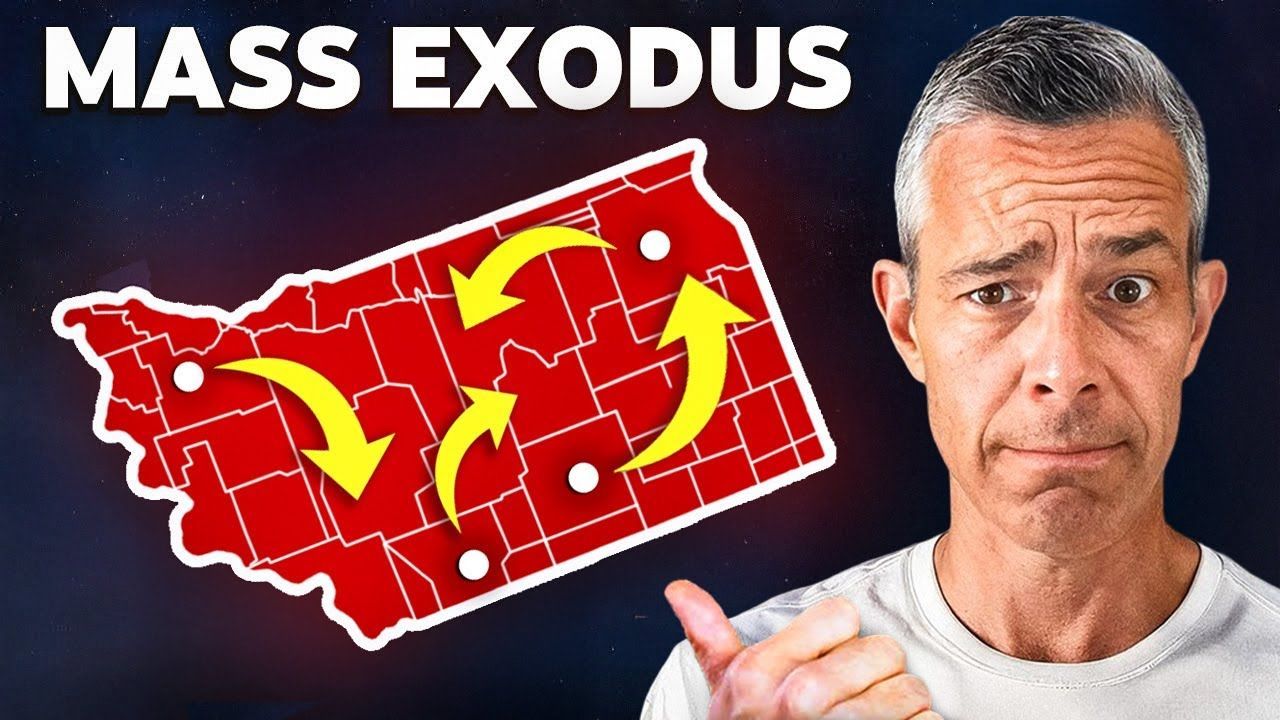Indianapolis Expert Reveals the Ultimate Way of Exploring The City
If you are considering living in Indianapolis, IN and you have only a long weekend to check the area out, you need a plan that lets you see the metro the way locals see it. The Indianapolis metropolitan area is large, diverse, and full of distinct neighborhoods. A smart, focused approach will give you a much clearer impression of what life will feel like here than trying to drive around randomly. In this guide I lay out a practical strategy for exploring the region, highlight parks and neighborhoods you should not miss, explain how a purpose-built itinerary app can save you hours, and give sample three-day plans so you can make the most of every hour you're on the ground.
Table of Contents
- Introduction: Why Planning a Three-Day Visit Matters When Considering Living in Indianapolis, IN
- Explore Indianapolis with Purpose: How to Make the Most of Your Visit
- Key Places to Visit to Understand Neighborhood Character in Indianapolis, IN
- How to Customize Your Exploration: Neighborhoods in Indianapolis by Price
- What to Look for When Touring Neighborhoods While Living in Indianapolis, IN
- Practical Relocation Tips for Out-of-State Buyers Moving to Indianapolis, IN
- East vs. West: Why Seeing Both Sides of Indianapolis, IN Matters
- How to Use Example Homes to Evaluate Neighborhoods in Indianapolis, IN
- FAQs About Living in Indianapolis, IN
- Final Thoughts on Moving and Living in Indianapolis, IN
Introduction: Why Planning a Three-Day Visit Matters When Considering Living in Indianapolis, IN
One of the biggest surprises for people who are thinking about living in Indianapolis, IN is the size of the metro. It is not just a single downtown core. There are dozens of towns and suburbs—Carmel, Fishers, Noblesville, Westfield, Brownsburg, Avon, Greenwood, Zionsville, and on—spread across a wide area with different personalities.
Because the metro covers so much ground, a three-day visit without structure can leave you more confused than informed. You might fly in and spend time near the airport, or you might spend the weekend in one suburb and think that is representative of the whole region. That is why an intentional plan matters: you want to come away with impressions that are both broad and accurate.

VIEW HOMES FOR SALE IN INDIANAPOLIS, IN
Explore Indianapolis with Purpose: How to Make the Most of Your Visit
When you are evaluating whether living in Indianapolis, IN is right for you, your goal is to develop your own perceptions about neighborhoods and amenities: what feels rural, what feels suburban, what has older character and what is growing fast. You will learn a lot just by being in the environment. Parks, local shopping areas, older neighborhoods and new subdivisions all tell a story about how people live here.
That story is easiest to read when you have a list of representative stops. Instead of guessing where to go, use a curated list of parks, main streets, public amenities, and neighborhoods that show the range of options. For example, Flat Fork Creek Park and Holland Park in Fishers both say something different about living in Indianapolis, IN. One shows a newer, more open edge of town; the other shows the more mature, settled side of the same city.
Key Places to Visit to Understand Neighborhood Character in Indianapolis, IN
When you only have a few days, visit places that reveal the physical and emotional feel of an area. Look for:
- Large parks and trails (they show how a community treats public space)
- Main streets and shopping centers (they reveal retail mix and walkability)
- Residential streets with a range of housing ages (they show whether a place is established or newly built)
- Community amenities like municipal pools, recreation centers, and pickleball courts (they hint at demographics and lifestyle)
- Schools, commuter routes, and transit options (they affect daily life)
Flat Fork Creek Park: Newer edge of town
Flat Fork Creek Park is on the far eastern edge of Fishers. It is wide open, has a dramatic sledding hill with switchbacks to climb, and trails that drop into mature woods with treehouses that families love. When you stand on one of the high points here, you can see how this part of Fishers feels slightly rural and newer. There is a lot of recent construction nearby and fewer older homes.
If you visit Flat Fork Creek Park you will quickly understand the kind of family-friendly outdoor amenities that have been added as Fishers grows. This park is also a reminder that when you are living in Indianapolis, IN you do not have to be in the center of town to enjoy high-quality green space.
VIEW HOMES FOR SALE IN FISHERS, IN
Holland Park: A window into original Fishers
Contrast Flat Fork Creek with Holland Park on the west side of Fishers. Holland Park is in an older part of town with more mature trees and housing stock that dates back to the 1980s and 1990s. Because it was one of Fishers first parks, it has a long-established feel but it has been updated over the years, including newer amenities like pickleball courts.
Holland Park helps you see the difference between the eastern and western parts of Fishers. Mature landscaping, older subdivisions, and different housing sizes are all immediately visible. That kind of comparison is invaluable when deciding where you might want to buy or rent.
How to Customize Your Exploration: Neighborhoods in Indianapolis by Price
Let us say your budget is 400,000 to 500,000. The app will direct you to neighborhoods in Fishers, Westfield, Brownsburg, or Carmel that typically have homes in that range. It will point to a specific house so you can park on the street and get a feel for the backyard sizes, road widths, tree canopy, and proximity to parks or shopping. You might love the house or dislike it; the point is getting into the neighborhood and seeing the environment.
That targeted approach helps you narrow down the search dramatically. You do not need to drive every subdivision in the county. Instead, you hit curated neighborhoods that demonstrate the trade-offs in each city: newer construction vs renovation opportunities, lot sizes, and distances to schools or freeways.
What to Look for When Touring Neighborhoods While Living in Indianapolis, IN
The first time you walk or drive through a neighborhood, focus on a handful of observations that matter most:
- Tree canopy and yard sizes: Older neighborhoods often have larger trees and more established landscaping. Younger subdivisions will look open and new.
- Sidewalks and walkability: Check whether the sidewalks run through to parks or schools. Walkability is a daily quality-of-life factor.
- Condition of neighboring homes: Renovations, well-kept yards, and recent exterior improvements can indicate the direction of the neighborhood.
- Proximity to public space: If a great park or greenway is within walking distance that raises the overall appeal.
- Traffic patterns: Drive by during a weekday morning or evening to see how busy roads become.
Keep a simple checklist in your phone. After each stop, jot a couple of notes about what you liked and what you did not. Over three days you will start to see consistent patterns, and that is the point. You are building a set of impressions that will help you decide where to apply for schools, find commute options, and plan for the home you want.
Sample three-day itinerary for evaluating living in Indianapolis, IN
Below are sample itineraries built around different priorities. Swap neighborhoods depending on your interests and budget. Each day includes practical stops designed to expose neighborhood personality quickly.
Family-first weekend
- Morning: Flat Fork Creek Park in Fishers for a walk and to see the sledding hill and trails. Bring sneakers and be ready to climb the switchbacks to take in the views.
- Late morning: Drive through nearby subdivisions that match your price range and stop at example houses suggested by the app.
- Lunch: Main Street Carmel or Fishers' City Center to gauge dining options and pedestrian life.
- Afternoon: Holland Park to see an older, more established part of Fishers and compare.
- Evening: Drive through school districts you might target and stop at local grocery stores and playgrounds to see community life.
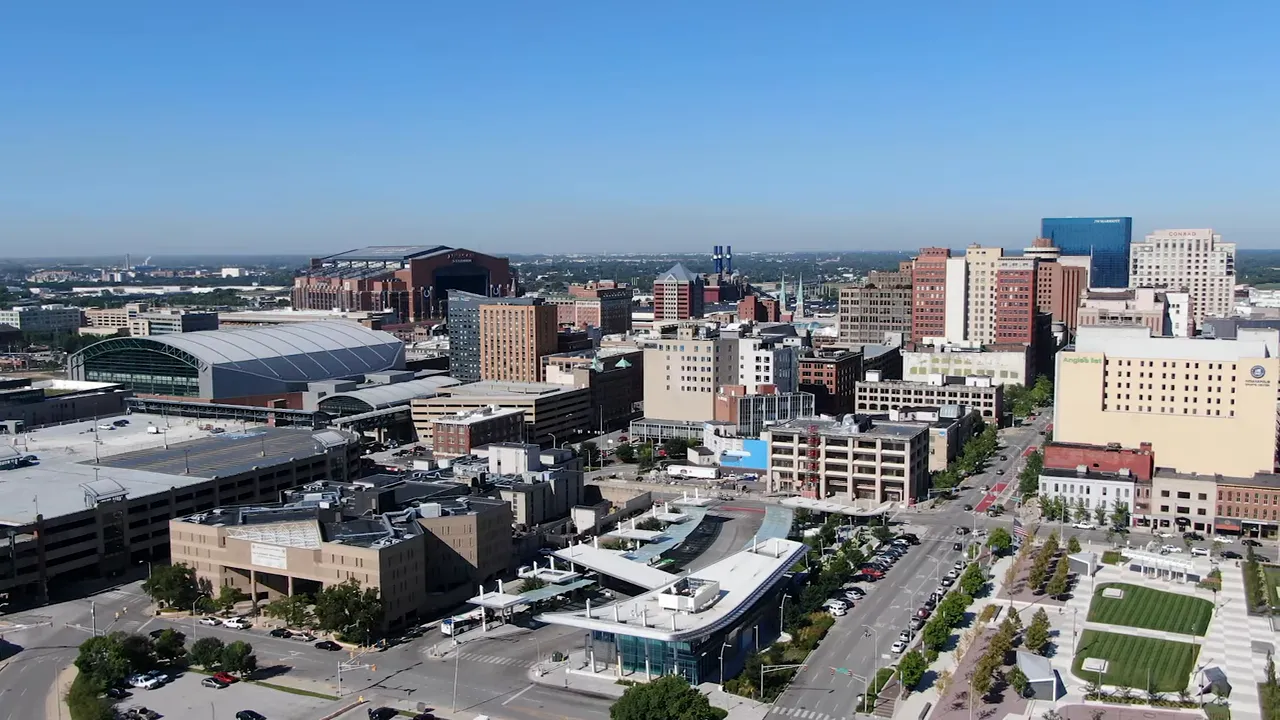
VIEW HOMES FOR SALE IN INDIANAPOLIS, IN
Young professionals weekend
- Morning: Downtown Carmel and Midtown areas for coffee and a walkable downtown vibe.
- Midday: Visit mixed-use developments that demonstrate short commutes and modern amenities.
- Afternoon: Westfield or Fishers quick-stop tech corridors and newer developments for commuting options.
- Evening: Try a popular local bar or restaurant to assess nightlife and weekend energy.
Value-oriented weekend
- Morning: Drive neighborhoods in Brownsburg and Avon to see larger lots and lower price points.
- Late morning: Visit local parks and school cluster areas to measure long-term value.
- Afternoon: Use the app to find representative houses in your price range and park on the street to evaluate yards and potential renovations.
- Evening: Compare commute times back to a major employer or highway to make sure your math on travel time adds up.
Practical Relocation Tips for Out-of-State Buyers Moving to Indianapolis, IN
People moving from other states often worry about logistics. Here are practical suggestions to make your trip efficient and productive when evaluating living in Indianapolis, IN:
- Book one base location and take day trips. Choose a central hotel near I-69 or I-465 so you can reach most suburbs within 20 to 40 minutes.
- Use the app to build your route the night before so you do not waste daytime hours searching addresses.
- Prioritize a mix of older and newer neighborhoods to understand the full market.
- Bring measuring tools for yards and a notebook or voice memo to record impressions.
- Contact me — I'm the local agent you can get in touch with. I can set up virtual tours, answer questions after your trip, and help plan targeted neighborhood visits. Call or text me at 317-932-8620.
Download Your FREE Relocation Guide
East vs. West: Why Seeing Both Sides of Indianapolis, IN Matters
As you drive across the metro you will notice repeated patterns in how towns have developed. The eastern edge of Fishers is newer, more open, and often feels more rural with larger new lots and newer homes. The western side of Fishers, closer to where growth started, is more mature with trees, smaller lots, and more variety in home ages and renovations.
Visiting both gives you immediate insight into how a single city can offer multiple lifestyles. That matters when you are deciding where to buy because commute times, school choices, and long-term appreciation all vary across those micro-areas.
How to Use Example Homes to Evaluate Neighborhoods in Indianapolis, IN
Neighborhoods do not have addresses, but houses do. The app points to specific addresses that once sold at a certain price. Use those properties as entry points. Park on the street, walk around, and imagine living there. That single act will tell you more than looking at online photos.
The representative house might be an outdated flip or a pristine renovation. That is okay. Your objective is to understand lot sizes, tree coverage, street widths, and how close the nearest park, school, or retail center is. Those are the building blocks of daily life when living in Indianapolis, IN.
FAQs About Living in Indianapolis, IN
How much of the Indianapolis metro can I realistically explore in three days if I'm considering living in Indianapolis, IN?
You can get a very useful cross-section of the metro in three days if you target representative neighborhoods and key amenities. Focus on two or three towns and visit parks, main streets, and example houses in your price range. Use an app or curated list so you can pull up addresses and move quickly. Trying to see the entire metro in three days is unrealistic; pick targeted stops that reveal different parts of the market.
What are the best parks to visit when evaluating living in Indianapolis, IN?
Flat Fork Creek Park is a great stop to see open, newer-edge development and family amenities. Holland Park offers a look at older, more established neighborhoods. Also consider central parks in Carmel and downtown greenways, depending on whether you prefer a suburban or walkable downtown feel.
How does the neighborhood example feature work in the app?
The app points to specific homes that sold at prices near your budget so you can park in front and evaluate the neighborhood. These homes are examples only; they might be sold, but they help you assess lot size, street character, and surrounding amenities. This method helps you compare value across cities without needing live listings.
Should I visit both older and newer parts of a city when deciding where to live?
Yes. Older parts of a city often have mature landscaping, different school catchments, and a distinct character. Newer parts may offer modern floor plans, larger lots, and new amenities. Seeing both gives you a balanced perspective on what living in Indianapolis, IN could be like for your family.
Is it better to look at houses in person or use virtual tours when relocating from out of state?
Start with virtual tours to narrow the field and then do targeted in-person visits using a curated route. Virtual tours save time, but you will learn neighborhood feel—from noise to tree coverage—only by visiting in person.
Final Thoughts on Moving and Living in Indianapolis, IN
Deciding on living in Indianapolis, IN is about more than finding a house. It is about finding a community and daily routines that fit your family. A purposeful weekend with a curated list of stops and neighborhood examples will give you better clarity than wandering without a plan. Use the app approach to save time, look at both new and established neighborhoods, and take notes after each stop. Within three days you can form impressions that will let you narrow your list from dozens of towns to a handful of great options.
When you are ready, reach out and we can build a three-day exploration plan tailored to your budget and lifestyle, load it into the app, and get you on the road with confidence. If you are focused on living in Indianapolis, IN, a little structure goes a long way.
If you need to buy a home, contact me and I’ll help you find the right neighborhood and properties to match your needs — call or text me at 317-932-8620.
jason compton
A former teacher turned full-time real estate agent serving Greater Indianapolis. I help buyers, sellers, and relocation clients make informed moves—especially those coming from out of state. From neighborhood insights to home tours, my goal is to simplify the process and help you feel confident in every step.
Stay Informed
Insights, Tips & Life in Indianapolis
Your go-to resource for all things real estate and Indy living. Whether you're buying, selling, relocating, or just curious about the local market, our blog is packed with helpful articles, expert advice, and community highlights to keep you informed and inspired.

